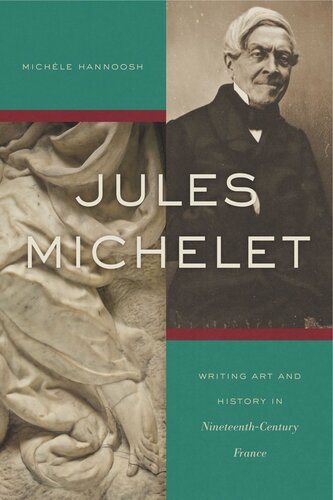

Most ebook files are in PDF format, so you can easily read them using various software such as Foxit Reader or directly on the Google Chrome browser.
Some ebook files are released by publishers in other formats such as .awz, .mobi, .epub, .fb2, etc. You may need to install specific software to read these formats on mobile/PC, such as Calibre.
Please read the tutorial at this link: https://ebookbell.com/faq
We offer FREE conversion to the popular formats you request; however, this may take some time. Therefore, right after payment, please email us, and we will try to provide the service as quickly as possible.
For some exceptional file formats or broken links (if any), please refrain from opening any disputes. Instead, email us first, and we will try to assist within a maximum of 6 hours.
EbookBell Team

5.0
70 reviewsJules Michelet, one of France’s most influential historians and a founder of modern historical practice, was a passionate viewer and relentless interpreter of the visual arts. In this book, Michèle Hannoosh examines the crucial role that art writing played in Michelet’s work and shows how it decisively influenced his theory of history and his view of the practice of the historian.
The visual arts were at the very center of Michelet’s conception of historiography. He filled his private notes, public lectures, and printed books with discussions of artworks, which, for him, embodied the character of particular historical moments. Michelet believed that painting, sculpture, architecture, and engraving bore witness to histories that frequently went untold; that they expressed key ideas standing behind events; and that they articulated concepts that would come to fruition only later.
This groundbreaking reevaluation of Michelet’s approach to history elucidates how writing about art provided a model for the historian’s relation to, and interpretation of, the past, and thus for a new type of historiography—one that acknowledges and enacts the historian’s own implication in the history he or she tells.